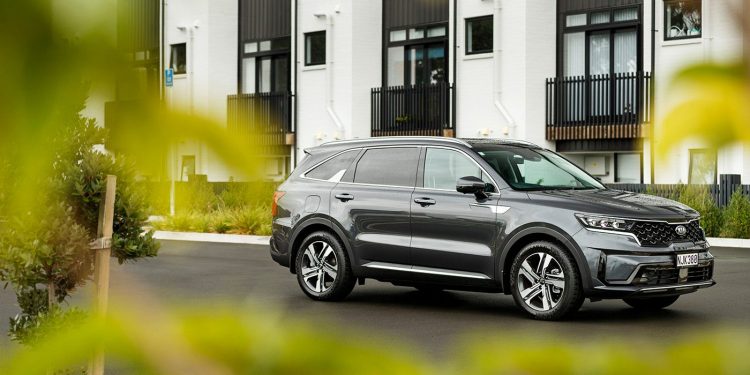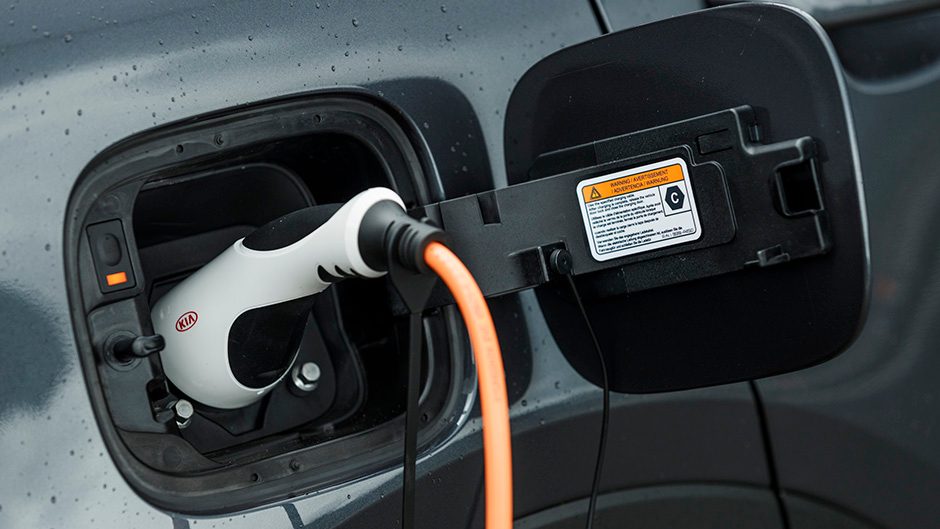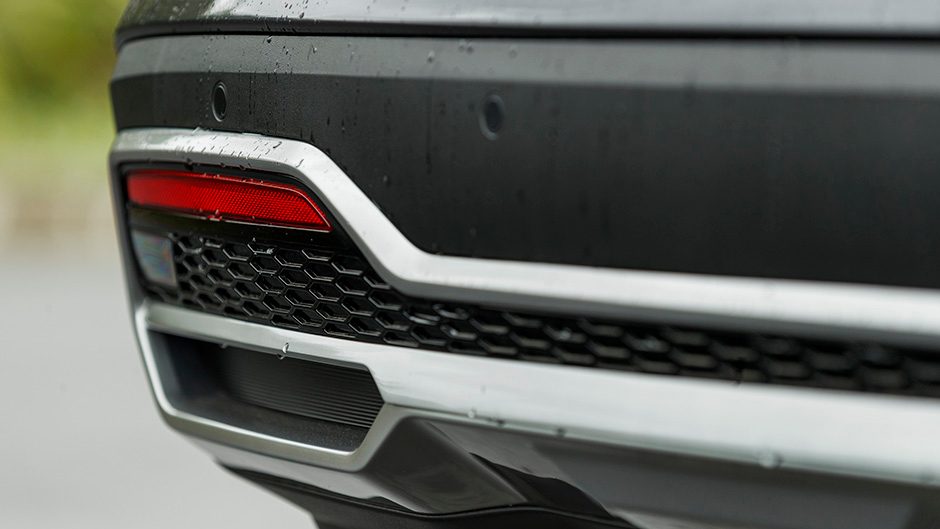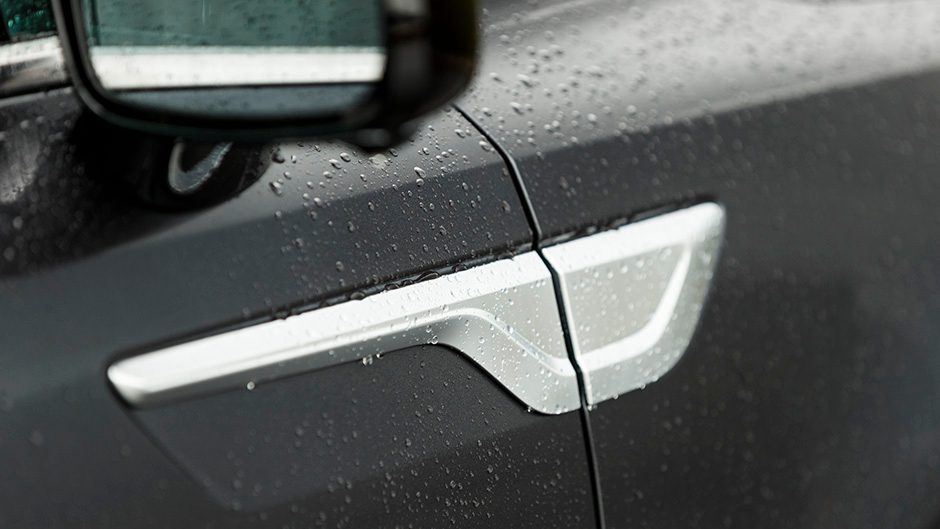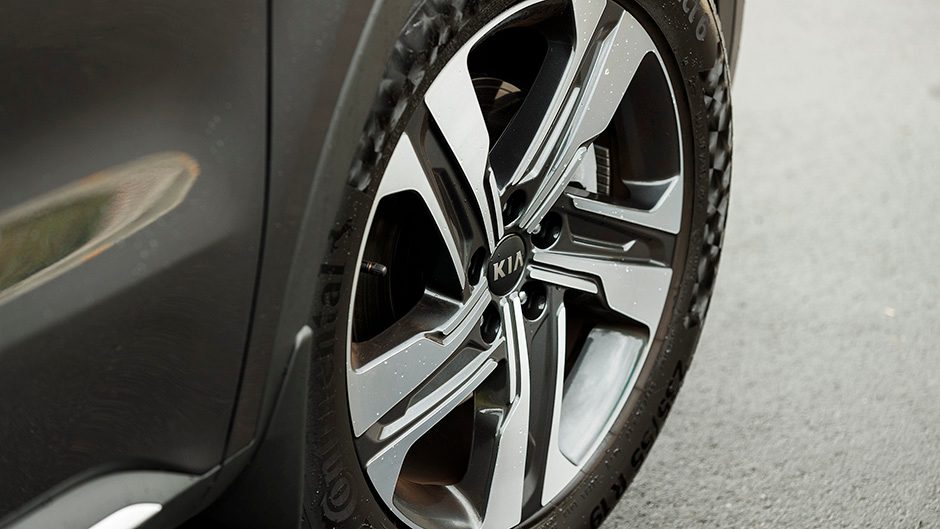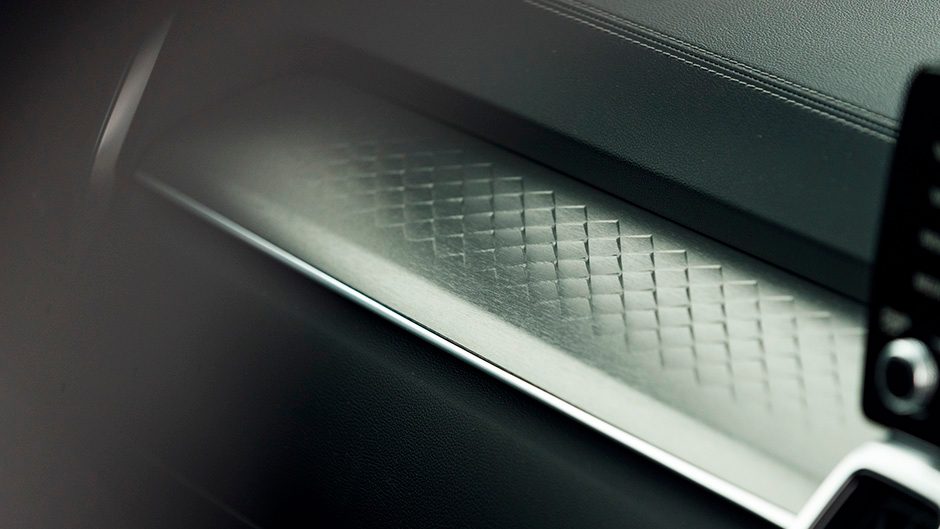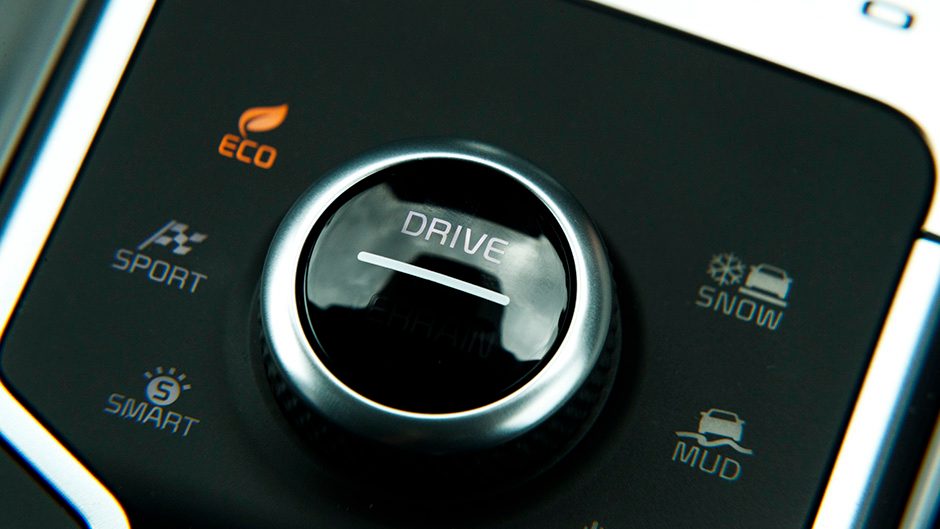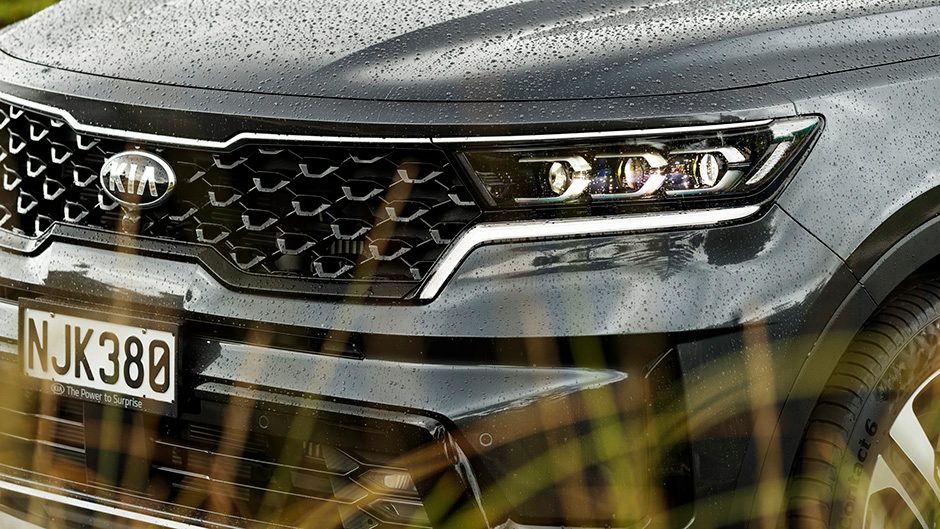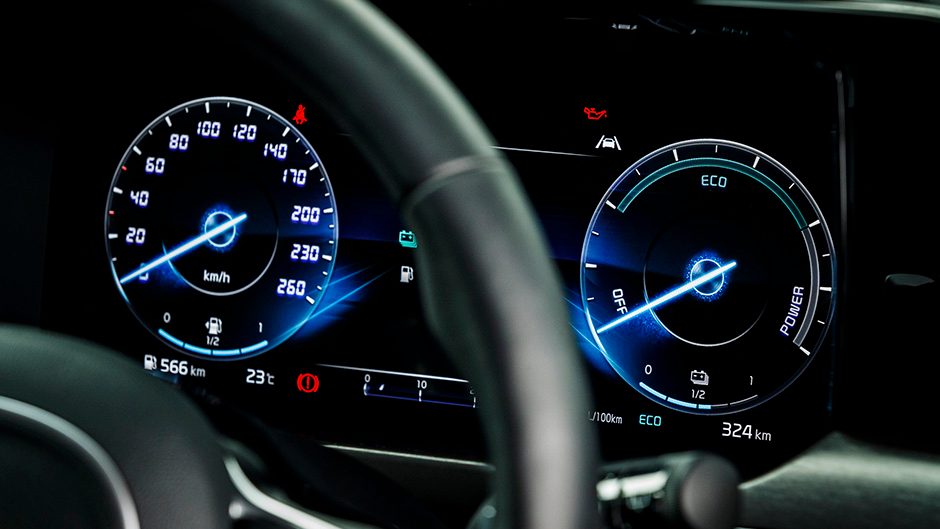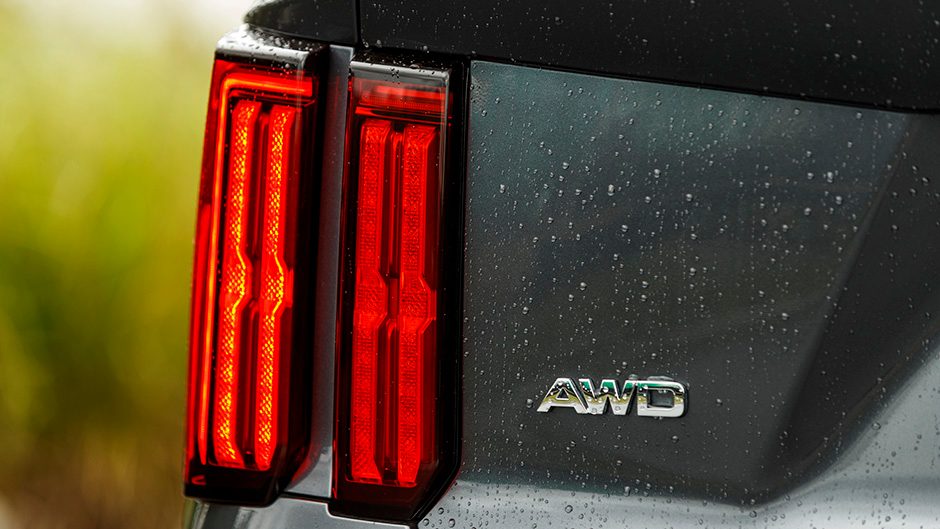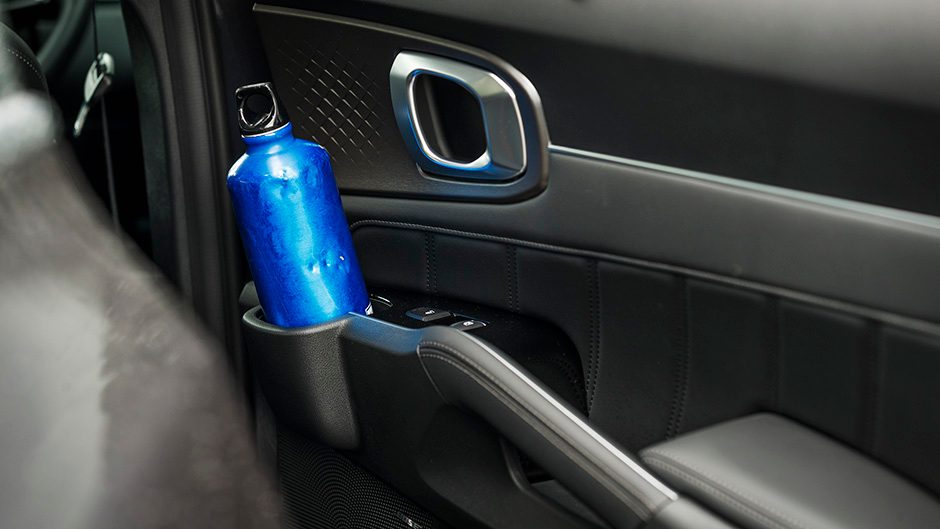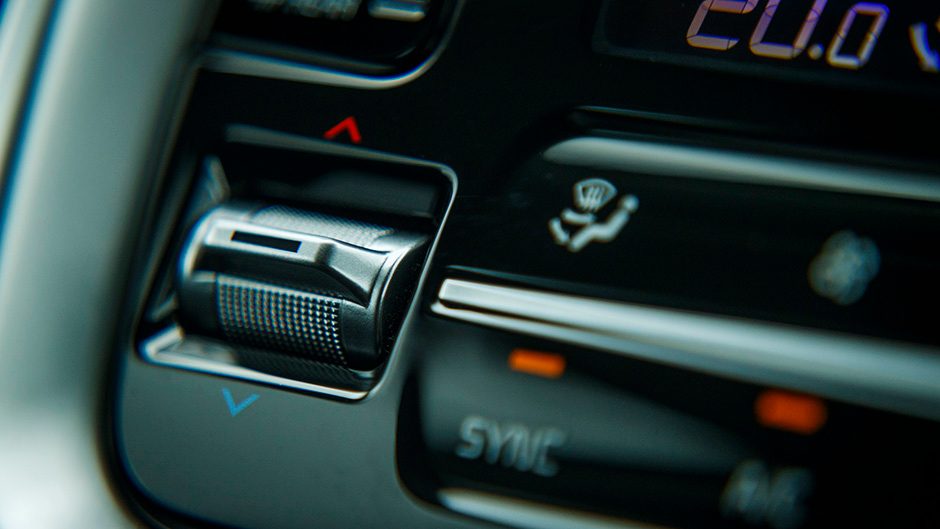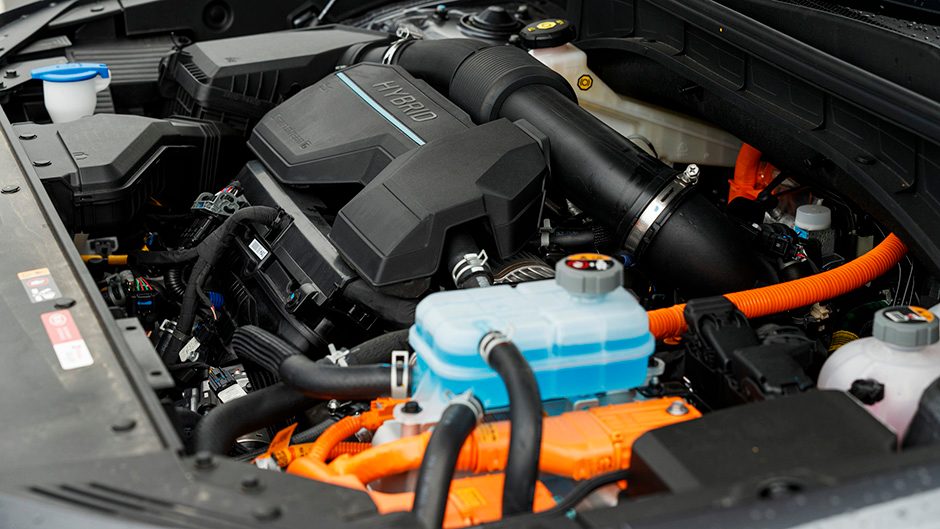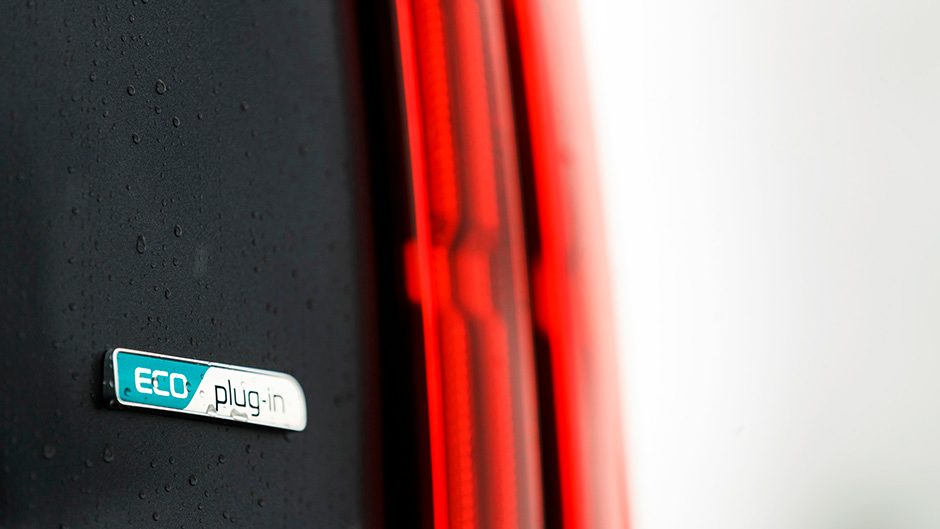2021 Kia Sorento Plug-in Hybrid Premium review
Words Kyle Cassidy | Photos Tom Gasnier
There are now more Sorento models to choose from with the inclusion of the hybrid variants. Is it time to consider a change?
Kia recently added a raft of hybrid models to its Sorento SUV range. And so it wasn’t long before the media alerts started to flow. Interestingly, the figures focused on its CO2 emissions, something a bit unusual locally where consumption numbers are more the norm. But we guess Kia is pre-empting the forthcoming emission legislation. Previously, CO2 figures have meant little here, whereas they make a difference to the types of cars people purchase in Europe and the UK, where vehicle taxes are weighted on CO2 outputs. Plug-ins have become popular as a result. Kia might be hoping such a thing will pass here because its new range-topping Sorento plug-in hybrid has a figure of just 36g/km on average thanks to its electric drive capabilities.
The details
This new PHEV model has the lowest emissions and highest power output in the Sorento range thanks to its Parallel Hybrid Drive system. It uses a 1.6-litre turbopetrol paired with a 66kW/304Nm electric motor. It’s the sort of hybrid that sees the motor sandwiched in between the engine and the automatic transmission allowing for all-electric drive as well as a hybrid mode, a mix of electric and engine power. Kia states an electric range of up to 57km from the 13.8kWh battery.
The system output is quoted at 195kW with 350Nm total, while the consumption figures are 1.6L/100km on average. For reference the 2.2-litre diesel outputs 148kW, 440Nm, is rated at 6.1L/100km and emits 159g/km. The hybrid has the same AWD system as the diesel but instead of an eight-speed auto there are only six ratios.
Along with the Eco, Sport and Smart driving modes, the plug-in also gets the Terrain (Mud, Snow and Sand) settings, and ground clearance of 174mm is just two fewer than that of the diesel. It has all the same safety systems, of course, and the specification also mirrors the diesel models.
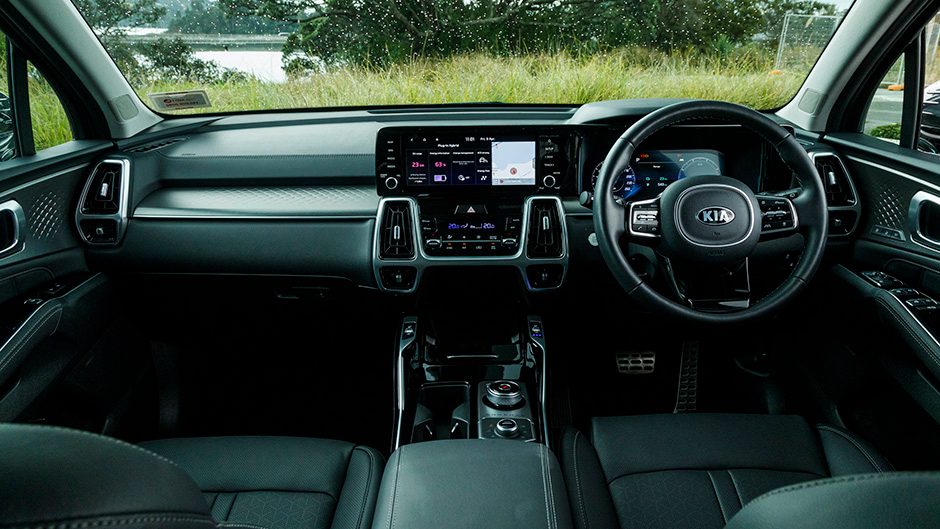
The drive
In lieu of the usual tacho, the hybrid has an energy meter with Charge, Eco and Power zones. The tuning of the throttle map makes it easy to remain in the Eco band, where it’ll run on volts for the most part, providing the battery is charged. Extra throttle sends the meter into the Power zone, where the petrol engine will fire to add its oomph. But the average daily commute will be handled by the electrics comfortably. It’s reasonably brisk off the mark when going for that gap, the electric torque helping to nullify the turbo lag before the 1.6-litre engine gets up and streaming.
There’s not much in the way of brake regeneration when you’re off the gas, which is a good thing as it’ll coast for quite some distance when you let it. There’s no brake mode to mess with either. Being a PHEV, the electric motor runs via the transmission so with the magic of gear ratios the EV range isn’t consumed too quickly on motorway running.
The damping seemed a bit stiffer than we remembered with the diesel model (perhaps to compensate for the extra weight of the hybrid) as it hits the bumps a tad harder. But the other likeable aspects of the Sorento remain; it’s easy to pilot with all the driver aids and comfort features present. (Probably best to check out our original Sorento review here.)
This doesn’t have the sheer midrange grunt of the diesel but once the efforts of the engine and motor combine, this is quicker on the overtake. In the Eco drive mode, there’s the occasional pause between pressing the gas and getting the go as the powertrain transitions from EV to Hybrid mode. The Sport setting can help if you’re on a hill road, where it keeps the engine engaged, and drives more like a conventional SUV. But the Eco or Smart mode make more sense when cruising.
The extra weight (diesel 1933kg vs PHEV 2124kg) is well positioned (the PHEV with a better weight split front to rear) so it doesn’t feel ungainly in the bends. It is heavier, so it’s not as dynamically polished as the diesel. But neither is it horrid, cornering on an even keel, steering well and the brakes are solid, without the typical weird regen effect hampering their operation.
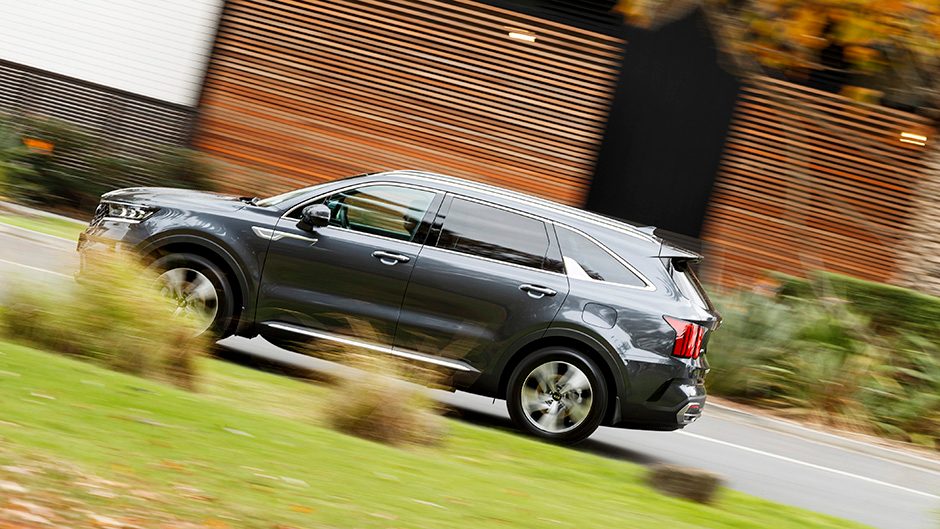
The numbers
As with all plug-ins, the key is to charge it often to make sure you’re getting the benefit of the EV mode. Short urban trips then range in fuel use from 0.0L/100km to about 2.0L/100km.
We intentionally didn’t charge it to see what those sorts of trips would then average and, according to the computer, the numbers are around the 8-10L/100km mark as the petrol engine is forced to do most of the lugging. That’s a caveat with plug-ins; if they get some form of financial incentive on the basis of their low CO2 test score, this can then turn into a subsidy for a polluter if the buyer doesn’t plug in as often as they should. But why wouldn’t they? It’s not a hard thing to do each night, and you can set the timer for it to start charging off peak. You can also tailor your electricity plan to suit an EV.
You may question whether these PHEVs have a place, given ICE bans will be coming, but we reckon they do at this price point. Especially as the charging infrastructure is still very much in its infancy. We twice attempted to see what a quick 30-minute zap with an AC charger at the mall would net, but they were either busy, or out of order. A wall box might be useful at your place of business, as the AC charger is said to replenish the battery to 100 per cent in 2hrs 15min. At home it took six hours on the 10A setting with the trickle charger.
We managed just over 50km of EV range on each charge, while the overall average for our 300 odd kilometres was 4.5L/100km, and would have been lower had we been more dutiful with the charging. Our test consumption for the diesel averaged around the 9L/100km mark. There are no road user charges for the hybrid either.
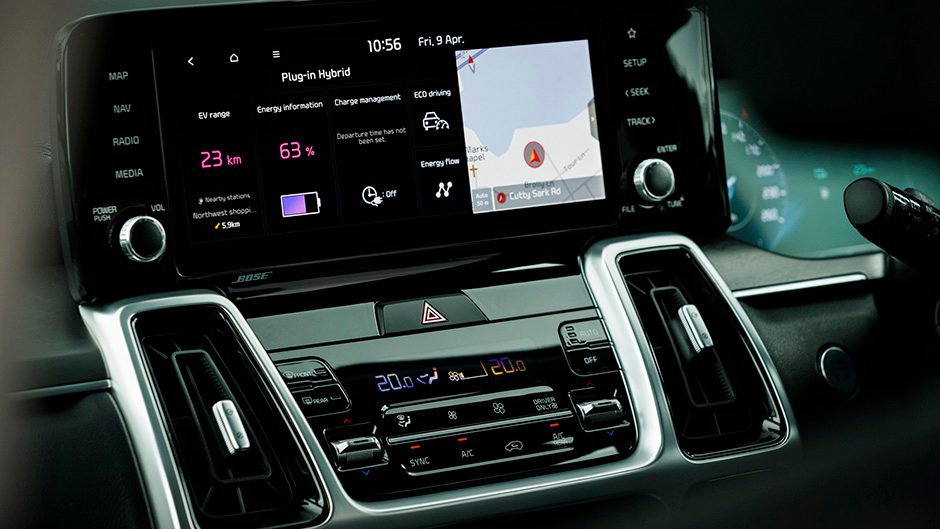
Still practical
Sorento’s new platform was designed to incorporate the hybrid gubbins without impacting on its seven-seater layout, the lithium-ion polymer battery located beneath the floor under the front seats. So it has the same seating arrangement and luggage capacity as the conventional model. Included is a four-year/40,000km scheduled servicing deal (diesels have a three-year/100,000km package) and along with Kia’s standard five-year/100,000km warranty, the battery pack is covered for seven-years/160,000km.
The catch?
The hybrid comes at a premium. There are two variants; the EX at $73,990 and the $89,990 Premium. Compared with the like-spec’d diesel, the EX PHEV is $10k dearer, the Premium $13k more. If you can do without a few of the nice but superfluous spec items, the EX is clearly the better value. There’s also a ‘self charging’ type hybrid available from $63,990 for the 2WD EX topping out at $82,990 for the AWD Premium. The other consideration is the PHEV’s 1350kg braked tow rating, down 1150kg on the diesel’s max.
So should you?
The PHEV will suit city-dwellers better, and those with nothing much to tow. There’s no big compromise with the hybrid; it’s still a large, family-sized SUV with plenty of range but one that doesn’t come with as much tailpipe emission guilt, provided you charge it up and can wear the premium.
| Model | Kia Sorento plug-in hybrid AWD Premium |
| Price | $89,990 |
| Engine | 1598cc, IL4, T/DI, 195kW/350Nm |
| Drivetrain | 6-speed auto, on-demand AWD |
| Fuel Use | 1.6L/100km |
| C02 Output | 36g/km |
| 0-100km/h | 8.65sec |
| Weight | 2124kg |


